 7
7
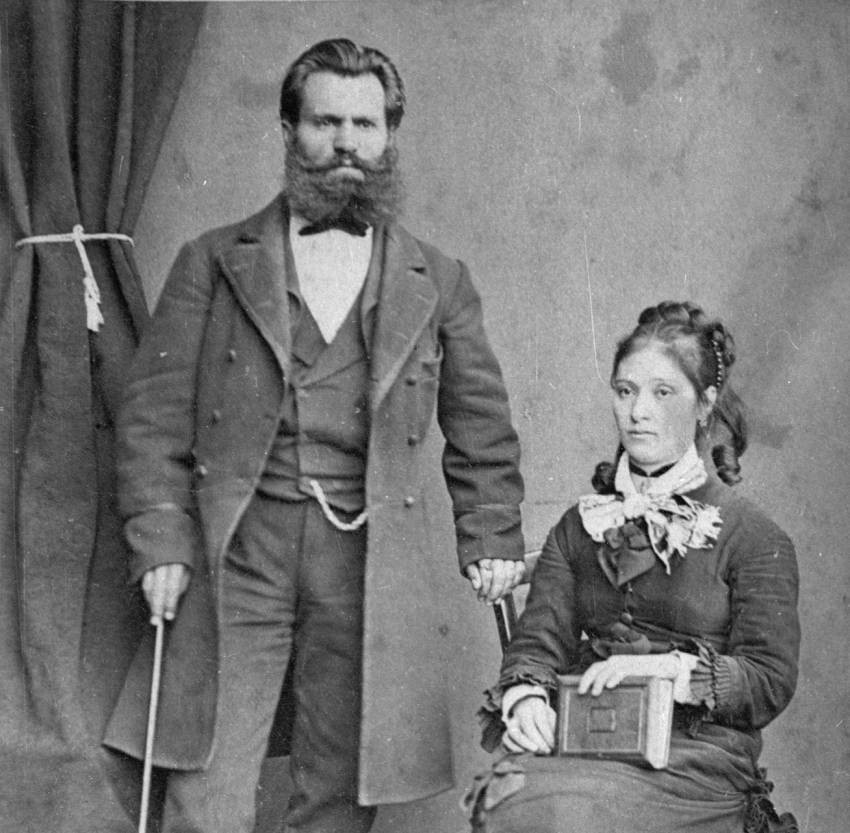
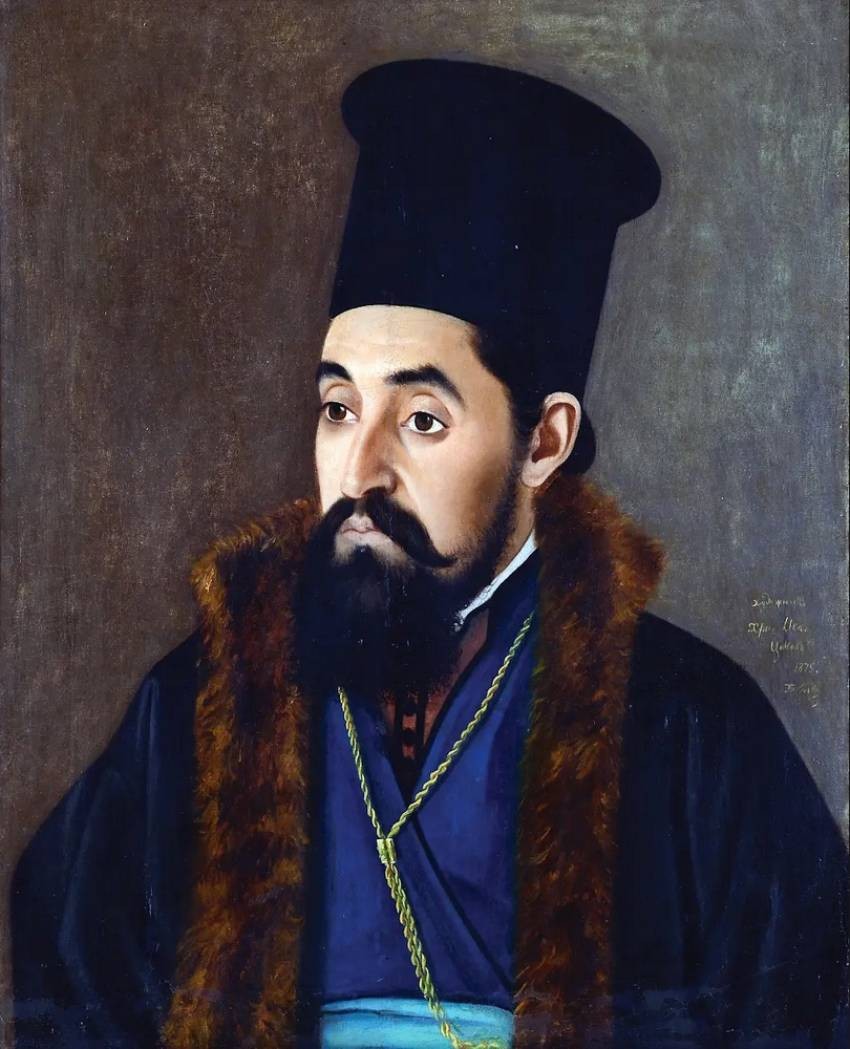
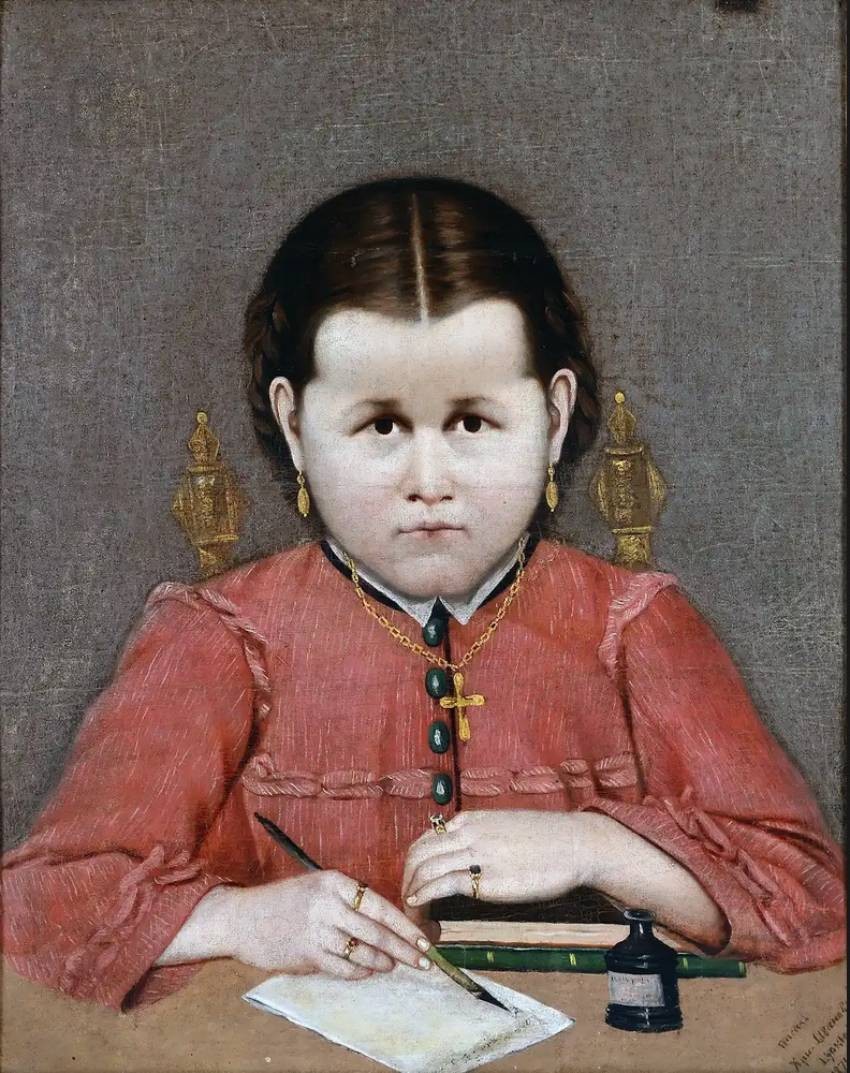
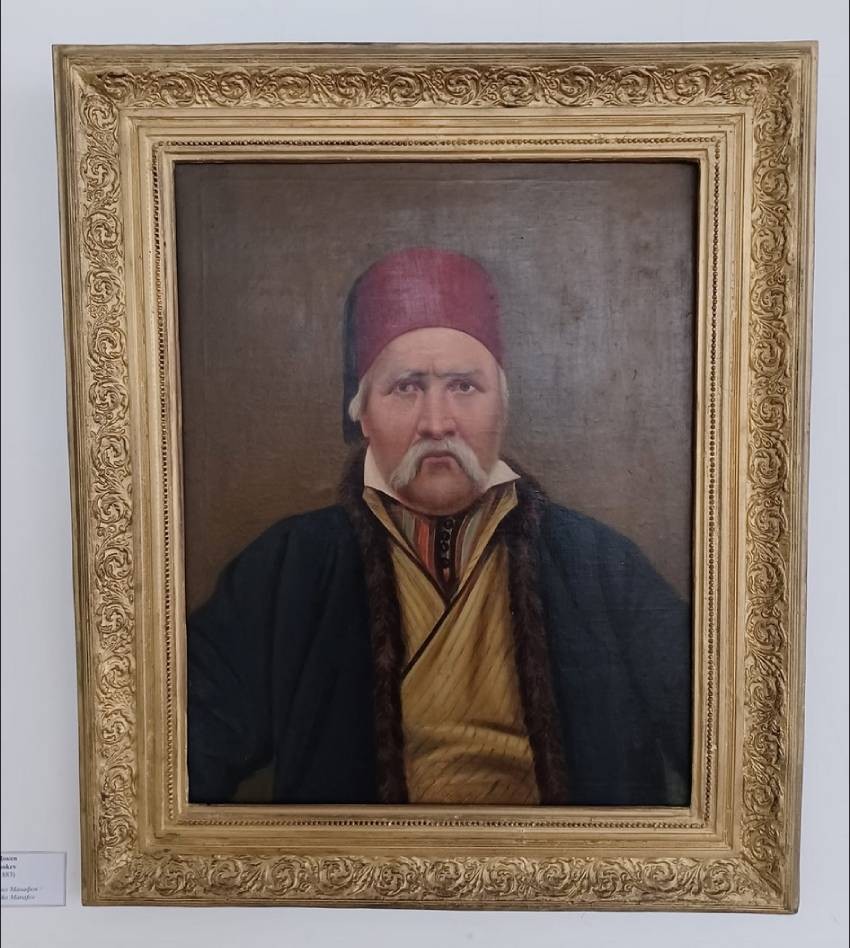
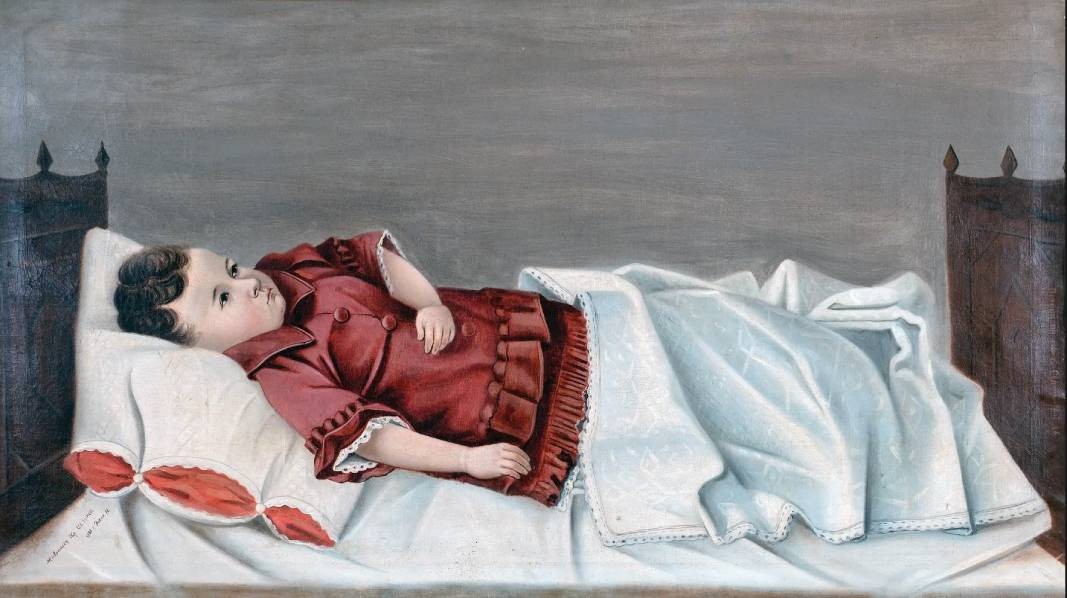
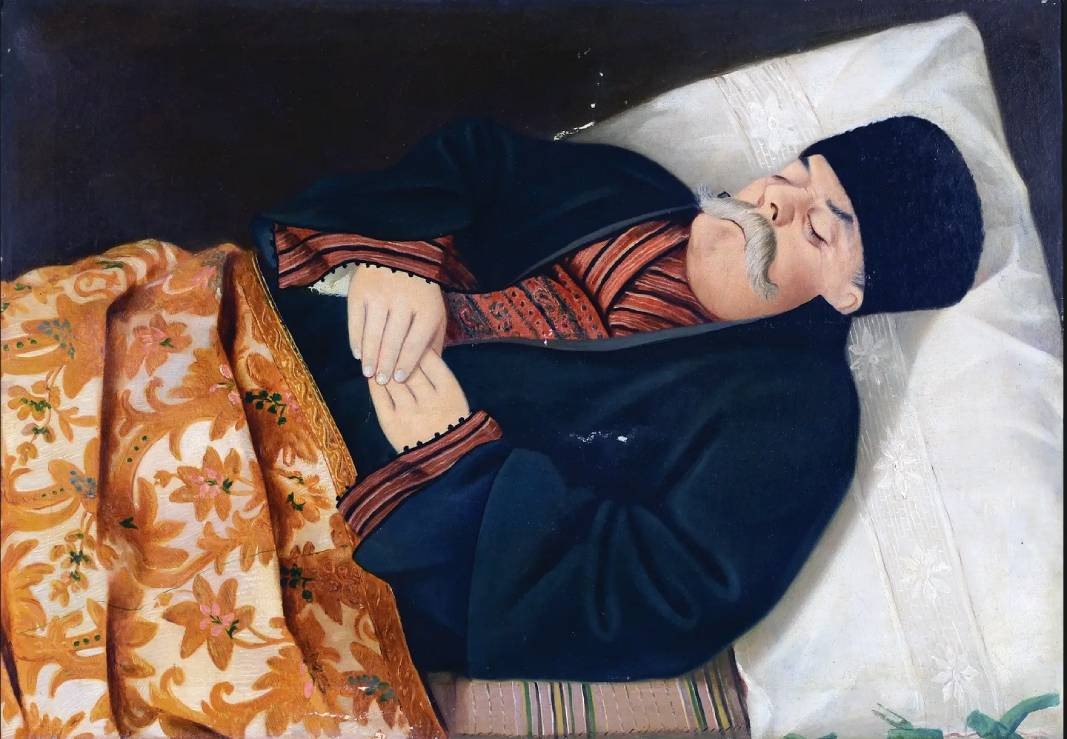
Ten years and 18,000 published shots—that is the record of Ivan Shishiev, who recently took a brief look back at the past decade. During this time, he captured countless moments, faces and iconic locations across the Bulgarian capital. His social media..
From 12 September to 5 November 2025, the central building of the Regional History Museum in Pazardzhik will host the digital photo exhibition Bessarabia - A Source of Beauty and Patriotism , presented by the Society for Relations with Bessarabian and..
Young Bulgarian actor Borislav Paunov has won the Best Actor award at the PROMA Film Festival in Romania for his role in Chocolate , directed by Orlin Milchev, the Bulgarian News Agency (BTA) reported. The black-and-white short film tells the..
Bulgarian artists are reviving the legacy of the American actress and singer Eartha Kitt in a new cabaret production called Obsessed with Eartha ...
A jubilee philatelic exhibition, 'Dobrich Philex 2025', is set to open on 15 October at the Dora Gabe Regional Library in Dobrich, running until 17..

+359 2 9336 661
